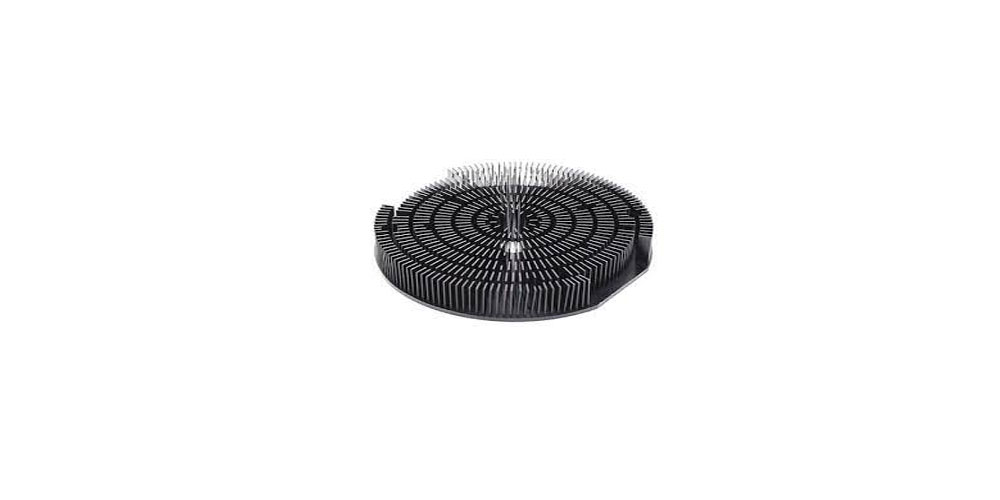When it comes to selecting the manufacturing process for any product you are going to produce you have to be very careful. The quality of your product depends upon many factors and the manufacturing process itself is a very crucial factor that can affect the overall quality, time, and many other things.
If we talk about the manufacturing of heat sinks then there are 4 different ways that are mostly used and one of them is forging. The forging heat sink has many advantages over the other ones. You can find here more about cold forging and the associated benefits in the case of heat sinks.
Description Of Cold Forging
As the name indicates clearly this is no involvement of high temperature in this manufacturing process. Because of this reason, it is considered an eco-friendly way of creating different products. Here in the cold forging method, high pressure is used.
The process is carried out while taking care that there will be no air bubble production and also impurities are not trapped in the material. So we can say that in the end, we have high-quality products in our hands.
Advantages Of Using Cold Forging
As it is described above, there are different processes that can be used for the manufacturing of products including the heat sinks such as die casting, extrusion, machining, and hot and cold forging.
If we compared the cold forging process with all the others then there are the following benefits that you can get over-relying on this process:
- This processing will create good mechanical strength.
- An improved surface finish can be achieved using cold forging.
- It allows good control of tolerance.
- By using the cold forging method you can put the raw materials to efficient use.
- The process involves very less energy as the temperature is kept low.
- Overall cold forging shows a good production rate.
- Because of less energy consumption and other things, the overall cost is also low.
Cold Forging in Heat Sinks
In the past, the die casting and extrusion techniques were dominant but there were also some issues that needed create a better alternative. Such as power use increased as electronic packaging became compact. This is where the cold forging technique rises.
Cold-forging heat sinks are considered a better option because of their unique properties and are more budget-friendly and efficient. It is an efficient way that allows you to produce a good quality product in mass quantity even in complicated shapes. Besides this, you can get a variety of thermal advantages.
The main advantages of cold forging in heat sinks are:
Good Conductivity
As described earlier the cold forging heat sinks are produced under low temperatures so you will have good control over the grain structure and the product will be stronger with better conduction. Data has shown that the cold forging heat sink has almost 13% better conductivity rate over the extrusion and in the case of die caste it is about 60%.
Increase Surface Area
A large surface area is needed to reduce thermal resistance and better cooling but this is not possible to achieve in extrusion and die casting. But in the cold forging method, you can achieve a good surface area because the fins do not have to be more tapered for extraction so in the given size more fins will be present.
Low Production Cost
The cold forging method is not very complicated so there will be no involvement in a lot of sources or time. It is a single operation but in the case of die casting and extrusion a secondary operation is required. So a lot of your time and money is saved.
Conclusion
Among the different use manufacturing methods, cold forging is an efficient one, especially for the production of heat sinks. There are a lot of benefits that can be obtained by using this method such as low production cost and time consumption.


